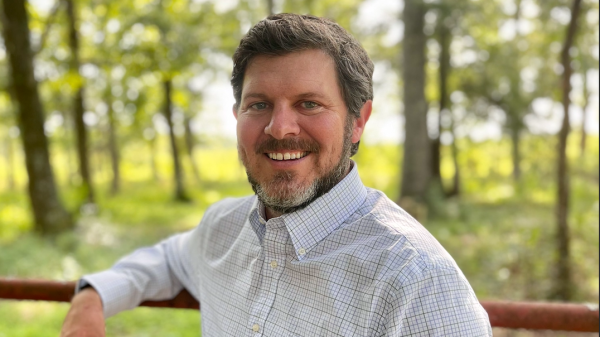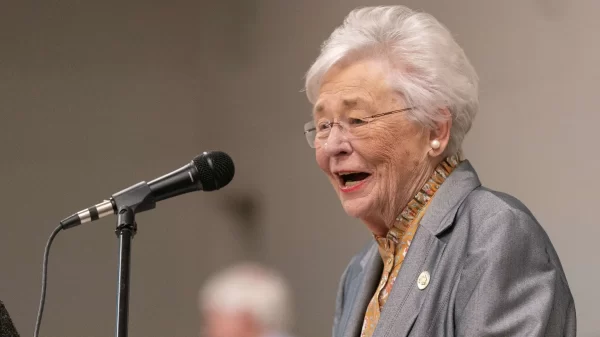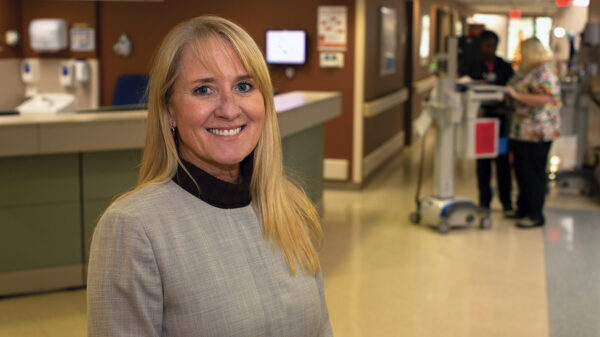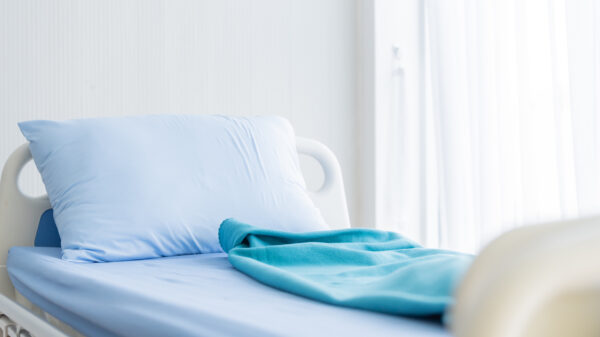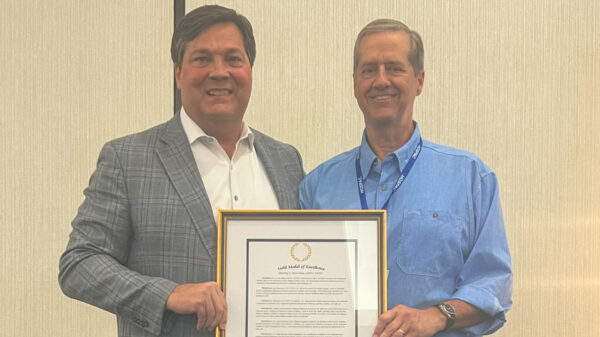Alabama on Monday saw a record number of hospitalized COVID-19 patients, the fewest available intensive care beds since the pandemic began and the most ever coronavirus patients in those ICU beds.
Alabama had just 12 percent of the state’s ICU beds available on Monday, and 496 of them were filled with COVID-19 patients, a record high, said Don Williamson, president of the Alabama Hospital Association and former state health officer, speaking to APR by phone Monday.
“This is the make-or-break week,” Williamson said. If new daily cases don’t start decreasing, hospitalizations will continue to rise and at some point, the state will run out of ICU beds, he said.
“Everybody’s tired. Everybody’s desperate to see some sort of off-ramp, and right now none of us are seeing the off-ramp,” Williamson said.
There were no ICU beds available in the city of Dothan on Monday, Williamson said. In Montgomery, four ICU beds were available, while Tuscaloosa had just three, and at UAB Hospital there were just eight of the hospital’s specialized COVID-19 ICU beds available.
UAB Hospital on Monday morning was caring for a record 116 coronavirus patients, which was a 41 percent increase in the number of COVID-19 patients the hospital had two weeks ago.
There were 1,599 COVID-19 patients being cared for at hospitals statewide on Monday, more than at any time during the pandemic and nearly double the number of hospitalized coronavirus patients statewide on July 1.
{{CODE1}}
“I think most frightening of all is if we continue to have sustained community spread, which makes school opening, especially in middle school and high school, so worrisome,” Williamson said. He noted that recent studies show children under nine don’t transmit the virus as readily as older children and adults.
“Elementary teachers have their greatest risk probably from community spread. Middle and high school teachers get it both directions. They have to worry about the spread in classrooms and they have to worry about community spread,” Williamson said.
With schools preparing to reopen soon, some virtually for a period of time while others plan to reopen for in-person class, there’s real concern for the hospital capacity, and for the staff who are working tirelessly to care for the patients they already have, Williamson said.
Many COVID-19 nurses and staff have been through the first spike in coronavirus patients, and are going through it again knowing now what they’re in for, Williams said.
“That’s tiring, physically. It’s, it is emotionally stressful,” Williamson said, adding that hospitals are working with reduced staffing due to COVID-19 cases among employees, and some staff are being moved from other areas to care for coronavirus patients, putting a strain on other departments.
Alabama added 1,778 new coronavirus cases on Monday, after a drastic reduction in new cases the day before. Williamson said the lower number of new cases on Sunday was likely a testing aberration, and that the state has held relatively steady on new daily cases for some time.
The state’s 14-day average of new daily cases was 1,740 on Monday, the fourth-highest it’s been since the start of the pandemic, and all three other daily highs occurred since Friday.
{{CODE2}}
In addition to new daily cases remaining high, the 14-day average positivity rate — the percentage of tests that are positive — on Monday was 17.76 percent. That’s the fourth-highest percentage on record, and all three other records were set since Friday. Public health experts say that figure should be 5 percent or lower or there needs to be more testing and cases are going undetected.
{{CODE3}}
There’s hope that Gov. Kay Ivey’s statewide face mask order will cause a reduction in the spread of the virus, Williamson said, but he worried that too many in the public still aren’t wearing masks or practicing social distancing.
“It’s very depressing to not see the sort of response we need to turn this around,” he said.



